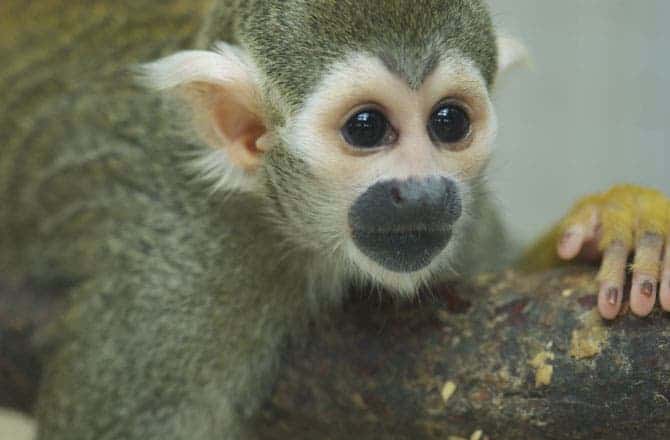Music isn’t only restricted to humans – music skills evolved at least 30 million years ago in the common ancestor of humans and monkeys, claims a new study that tries to explain why for example chimps drum on tree roots and monkey calls sound like singing.
It’s one of the big puzzles in biology and anthropology, and it’s one of those chicken or egg questions: which came first, language, or music? However, the study claims to have found the answer to this long standing question: the answer appears to be music. The study, published in the latest issue of Biology Letters.
“Musical behaviors would constitute a first step towards phonological patterning, and therefore language,” lead author Andrea Ravignani told ZME Science.

For the study, Ravignani, a doctoral candidate at the University of Vienna’s Department of Cognitive Biology and his colleagues focused on an ability called “dependency detection.” This involves recognizing relationships between syllables, words, and musical notes. For example, if you hear 3 syllables that follow the pattern Do-Re-Mi for a few times, and then you hear a Do-Re-Fa, it simply sounds wrong, because it violates the pattern. Normally, monkeys don’t show a response to this kind of study, which prompted researchers to believe that didn’t understand music the same way we do. But this study is different, because it used sounds within their frequency ranges.
In the study, squirrel monkeys sat in a sound booth and listened to a set of three novel patterns. Researchers also gave them food in between listening sessions, so the monkeys really liked this activity. Whenever a pattern changed, like explained above, the monkeys displayed a relevant reaction, like looking confused or staring for a long period of time, as if to say “Huh?”.
“This kind of experiment is usually done by presenting monkeys with human speech,” co-author Ruth Sonnweber said. “Designing species-specific music-like stimuli may have helped the squirrel monkeys’ perception.”
Through these reactions, squirred monkeys demonstrated that they in fact understand musical patterns, and also understand when they change, showing a clear response to music. This ability, central to language and music, therefore evolved at least 30 million years ago in the small and furry tree-dwelling primate that was the last common ancestor between humans and monkeys.
Squirrel monkeys have very high pitched voice, so to the untrained eye, they actually sound like birds. Chimps on the other hand don’t really like to sing, but they often drum on tree roots.
“My colleagues and I built some primate drum devices, basically tough musical instruments specifically designed for chimpanzees: they are electronic, so can produce virtually any sound when played,” Ravignani said. He added, “We already pilot-tested these electronic drums in a group of chimpanzees, and the animals’ enthusiasm in using them to produce sounds spurred us to continue on this line of research.”
Was this helpful?



